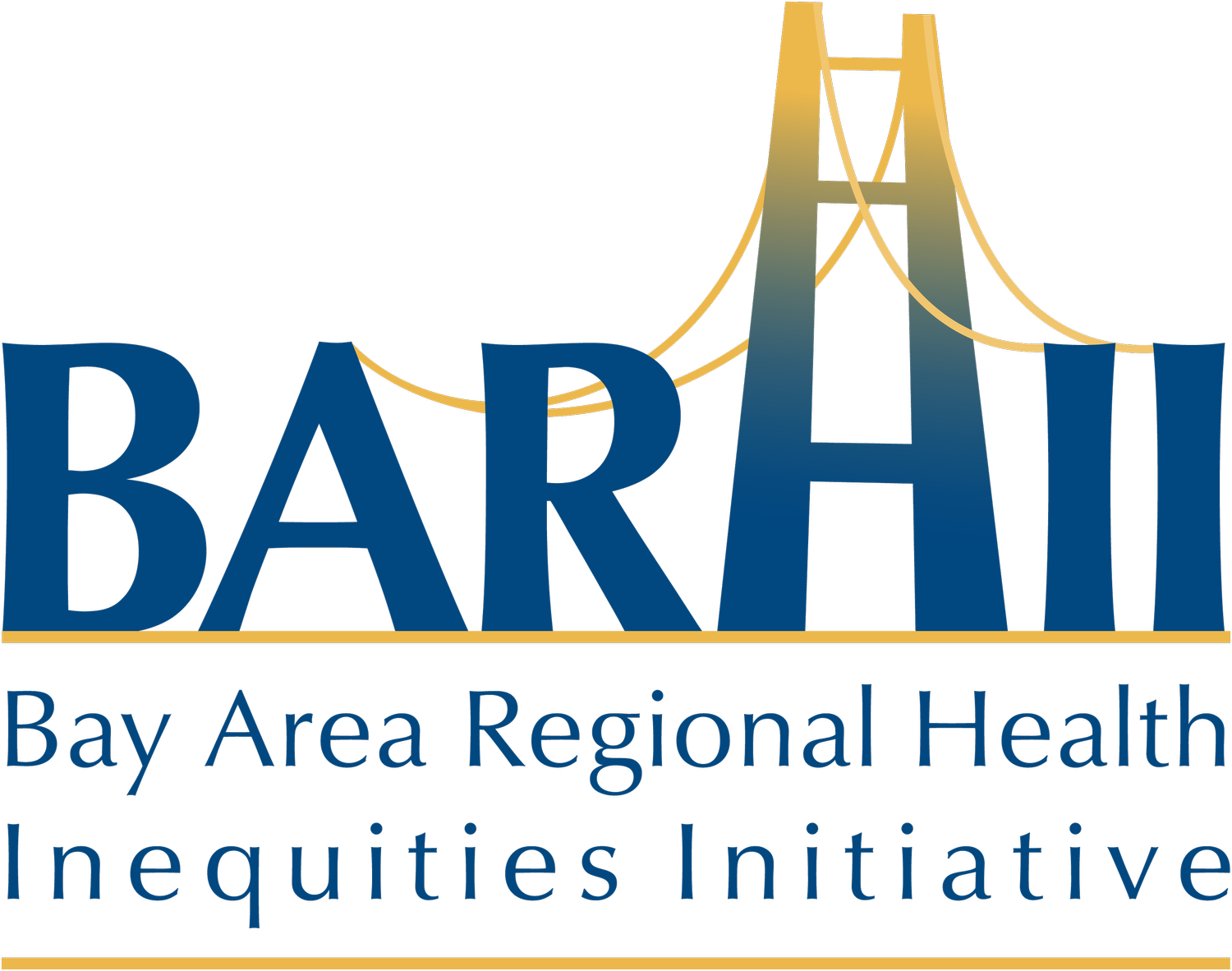
long-term durable funding
For years, we have tried to solve decade long differences in life expectancy through piecemeal funding streams. The COVID-19 pandemic showed us just how uneven our country's capacity to respond to equity is. At other moments in our history, when we’ve realized the need to address a countrywide issue, we create that infrastructure. The Ryan White Care Act created the infrastructure for HIV/AIDS prevention and interventions; the Violence Against Woman Act created sustainable funding to reduce Domestic Violence and provide opportunities for survivors to create new lives. Now is the time to make health equity a top priority
Today, BARHII is formalizing our practices into the infrastructure our country needs to create health equity in our lifetime.
-
To respond to nationwide calls for racial health justice, we must urgently address health, economic, and social inequities. Communities all over our country have undertaken this work without substantial and sustained funding, and in the face of incredible odds. Yet, they have been mobilizing to advance health, working in partnership to study data about disparities, design response plans, expand access to housing and economic opportunities, eliminate discrimination, and build the social support necessary for everyone’s health.
Currently, health equity interventions across the country are funded through fragmented strategies.
Government agencies attempt to braid funding, often requiring contorting themselves into grant guidelines not designed specifically for upstream coalition efforts. Agencies often face the challenge of navigating grant guidelines that were not specifically designed for upstream coalition efforts, resulting in a piecemeal approach to funding.
National and health care conversion foundations fund multi-year comprehensive community development initiatives, for 3 to 10 years at a time to build infrastructure. Community organizations are left to seek new funding streams to address these generational issues.
Local community organizations combine short-term funding streams for community organizing, priority setting, and built environment efforts.
Together, these funding strategies have supported innovations that created bright spots of health equity innovation. However, as a country we have not been able to scale those impacts. This prevents bright spots from becoming the new implemented standard of practice.
-
Long-Term Federal Funding. Enact a federal framework that recognizes health as a human right and creates a durable funding mechanism under community control for health equity anchor institutions. Long-term systemic problems need solutions funded by long-term systemic revenue. This funding will help to reinvent our health infrastructure, so it promotes inclusive well-being, community-driven, and localized interventions, with equity as its core metric.

